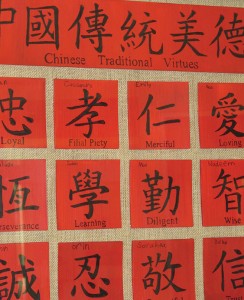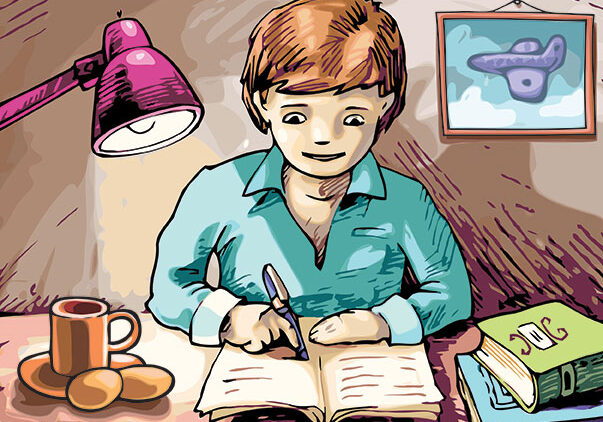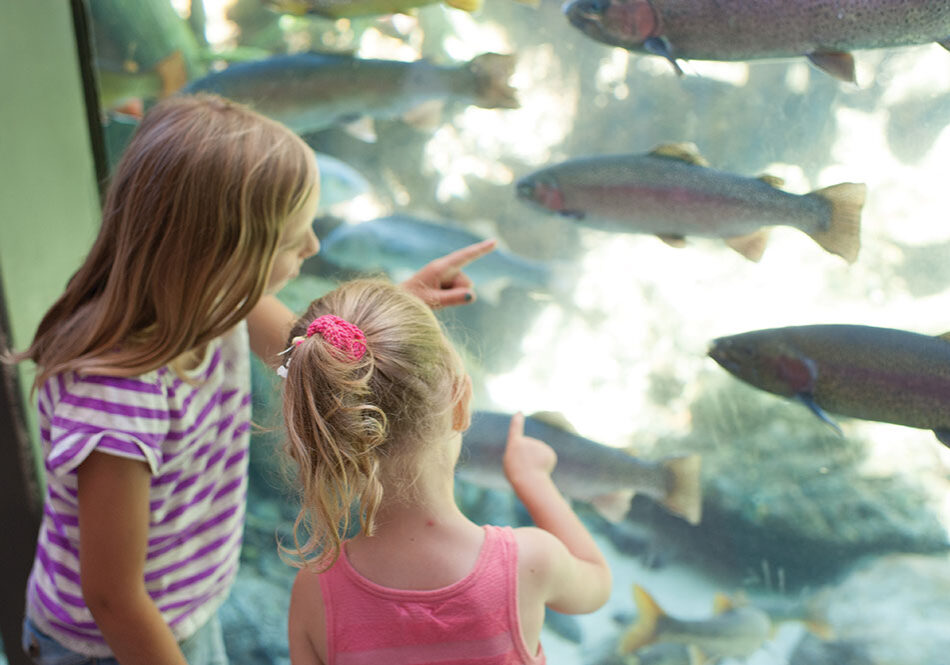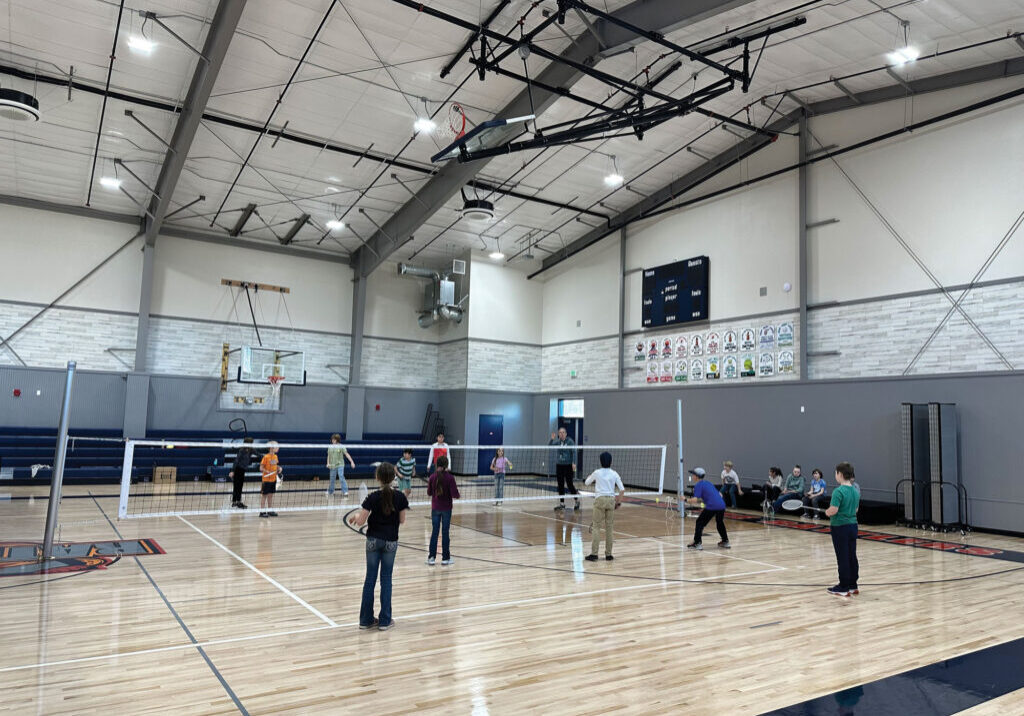 School language immersion programs, first appearing in the United States and Canada in the 1960s, have gained popularity over the years. Currently there are nearly 400 such programs across 30 U.S. states and the District of Columbia. The upper North State region boasts two. Rosedale Two-way Immersion School, part of the Chico Unified School District, offers Spanish as the target or second language. Redding School of the Arts (RSA), a visual and performing arts public charter school, offers Mandarin.
School language immersion programs, first appearing in the United States and Canada in the 1960s, have gained popularity over the years. Currently there are nearly 400 such programs across 30 U.S. states and the District of Columbia. The upper North State region boasts two. Rosedale Two-way Immersion School, part of the Chico Unified School District, offers Spanish as the target or second language. Redding School of the Arts (RSA), a visual and performing arts public charter school, offers Mandarin.
In language immersion programs, the curriculum is taught in the target language. Programs begin in kindergarten and may go through middle school. Few high schools continue with language immersion. Throughout the United States there are various models for the programs, and they go by different names. In Rosedale’s model, called two-way immersion, kindergarten and first grade students spend 90 percent of the day speaking Spanish with the slight variation that native Spanish speakers spend 15 percent of their day learning English. By second grade, 20 percent of the day is in English for all students, and in the upper grades, 50 percent.
By contrast, RSA uses a comprehensive partial immersion program or a 50-50 model. Students from kindergarten through fifth grade learn the California content standards in English 50 percent of the day and the same material in Mandarin the remaining 50 percent. The program has not been in existence long enough to reach the middle school grades; when it does, sixth, seventh and eighth graders will take Mandarin as an elective.
Initial parent interest in immersion programs often revolves around their child learning to speak a second language fluently and in understanding and becoming sensitive to different cultures. Research conducted over the past 20 years indicates further advantages. Becoming immersed in a second language appears to increase a student’s cognitive and problem-solving abilities. It enhances English language development. It may increase memory and listening skills. Children in immersion programs tend to perform better on standardized tests such as those measured by the STAR program in California.
Mike Dressel, Mandarin teacher at RSA, and Tim Cariss, principal at Rosedale, stated that the demand by parents for their programs is great. Both schools have a yearly kindergarten waiting list. Incoming students are selected by lottery on a space-available basis.
Before starting the Mandarin program five years ago, RSA administrators conducted parent surveys of several U.S. government-defined critical languages, such as Arabic, Japanese, Korean and Mandarin. Critical languages are those where there is a large demand for language proficient professionals but a small supply. Parents consistently rated Mandarin as their top choice. Government grants were available for initiating critical language programs, and the Mandarin program was birthed.
RSA offers both Mandarin and an English-only program. Families committing to Mandarin education are requested to continue at least through the fifth grade. Parents and students alike find the program challenging and rewarding. Mandarin, designated as a Category IV language, has a different linguistic structure than English and requires different use of the vocal chords. Thus, it is harder to learn. Although a parent class is available for those wishing to learn the language, few take advantage.
Julie Carlson, parent of a third grade student says, “I felt that exposure to Mandarin would broaden my daughter’s perception of people and cultures and grow her sense of humanity and tolerance.” Eight-year-old Becca agrees. “I like Mandarin so I can learn another language and speak to people in a different culture.”
Cariss says that the Chico Unified School District has had a Spanish immersion program for years. Three years ago, the program was consolidated onto one school site: the Rosedale campus. Class composition at Rosedale is made up of native English- and native Spanish-speaking students in a 60/40 ratio.
“Parents make a conscious choice when enrolling their children at Rosedale and know they are committing to stay with the program until graduation,” he said. The dropout rate is minimal. Students who do leave are required to attend another school since Rosedale has no English-only program.
Cariss further stated that parents are very happy with the magnet school concept. “We have a strong sense of community because families are together for so long. We are like a neighborhood school.”
Both RSA and Rosedale find ways to reach into the community. RSA uses a model called the “Confucius Classroom.” The children perform at assemblies, at community events, and have a sister school in China. Rosedale encourages parent participation in the classrooms and offers assemblies and community events.
Both Dressel and Cariss are proud and grateful for the interest in and growth of their programs. Rosedale’s population of 550 students may grow to 600 in the next three years. After deliberation, for the 2012/2013 school year, RSA will continue to offer two kindergarten Mandarin classes as it has in the past.
Stepping into an immersion kindergarten or first grade classroom is like stepping into the culture of the target language. Colorful pictures depict people and events from the culture. Artifacts adorn the walls and countertops. Objects and areas are labeled in the target language. Teachers are enthusiastic and the children are engaged.
The success of dual language programs is measured by the competency of students in all subject areas in both the native and target languages. Rosedale Two-Way Immersion School and Redding School of the Arts both meet that goal.
Dressel states, “Foreign language expands children’s cognitive abilities and also brings them greater world awareness.” Both schools have students who meet this expectation. Cariss echoes the same theme: “What a gift we’re giving these kids to be bi-literate and bi-lingual. It’s a challenge to create a mix of languages. We take seriously the promise we make for success to children and families.”
We are fortunate in the upper North State to have these two schools that are expanding what our children know, learn and understand about different cultures.
Posted in: Education
Comment Policy: All viewpoints are welcome, but comments should remain relevant. Personal attacks, profanity, and aggressive behavior are not allowed. No spam, advertising, or promoting of products/services. Please, only use your real name and limit the amount of links submitted in your comment.








Letty Morillo says
I happen to know the little girl who wrote in notebook with drawings, its a shame her name was not published in this article a long side her notebook to identify her as she is in a higher grade she can sure appreciate her hard work and efforts.
her name is: Rhyanne Lee current first grader
Thank you.